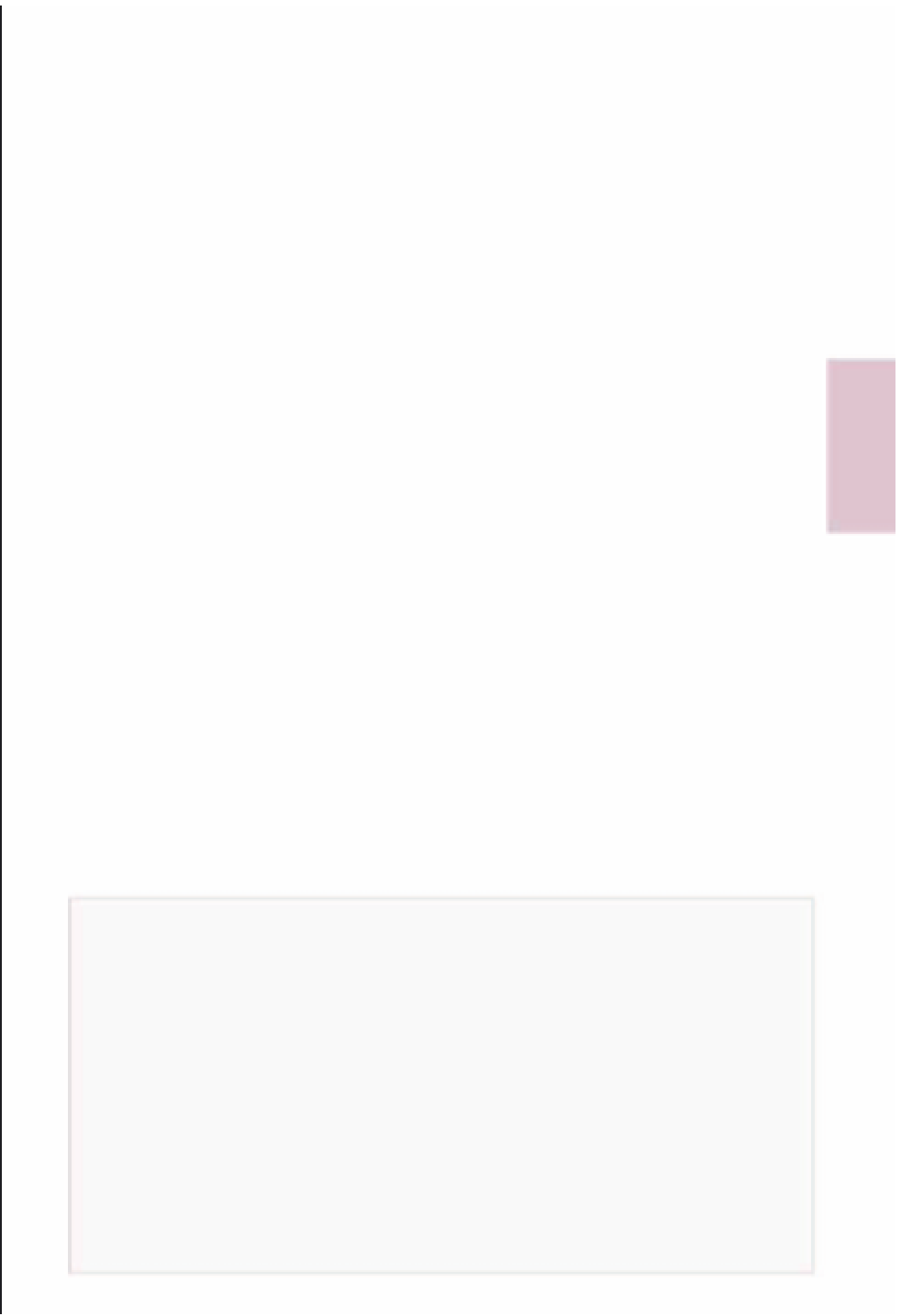Travel Reference
In-Depth Information
Eastern Kreuzberg
During the war
eastern Kreuzberg
was one of the few areas to avoid total destruction,
and among the quickest to revive in the 1950s. When the Wall was built in 1961, things
changed: with the neighbourhood severed from its natural hinterland in the East, families
moved out, houses were boarded up and it started dying. But at the same time, by
providing Berlin's cheapest rents it attracted waves of
immigrant
workers
from southern
Europe - particularly Turkey - who brought their families and customs. Here too, came
the radicals, students and dropouts of the 1968 generation - coming to Berlin because of
its national service loophole, and to Kreuzberg for its vast number of abandoned buildings
in which to
squat
. It was here that the youth of the Federal Republic came to get involved
in alternative politics, making it the place to hang out and hit raucous and avant-garde
nightspots. Until the Wall came down, to say you lived in Kreuzberg was something of a
left-wing and anti-establishment statement. Since then the atmosphere has become more
apolitical - even if the annual May Day demonstration still traditionally turns into a riot
between police and anarchists, extreme-leftists and anti-capitalists. Meanwhile, Turks and
other immigrants still thrive and gentrification gradually takes hold.
Eastern Kreuzberg's three “underground” stops (whose tracks actually run on elevated
tracks in these parts) provide focal points. U-Bahn
Kottbusser Tor
leads to the most
overtly Turkish area, with a smattering of alternative businesses and several clubs.
U-Bahn
Görlitzer Bahnhof
is much more the hub for “alternative” Kreuzberg. It lies
between
Wiener Strasse
and its northwestern continuation Oranienstrasse, which
together form eastern Kreuzberg's bohemian main drag, lined with restaurants, bike
shops, café-bars, galleries and alternative boutiques. he next stop east is U-Bahn
Schlesisches Tor
, which leads to an area known as the
Wrangelkiez
, Kreuzberg's newest
eating and nightlife district. his neighbourhood remains extremely gritty and doesn't
generally invite relaxed exploration - muggings regularly occur in
Görlitzer Park
at its
centre,
the haunt of itinerant punks and drug pushers. U-Bahn Schlesisches Tor is also
a handy place to get a bus to the
Soviet Memorial
in
Treptower Park
.
7
Kottbusser Tor
Catching U-Bahn line #1 (unkindly nicknamed the “Istanbul Express” along this
stretch) to
Kottbusser Tor
is a good introduction to eastern Kreuzberg. he intersection
around the U-Bahn has its own special feel - think Istanbul market in an eastern-bloc
housing development - and the area around the station is a scruffy, earthy shambles of
Turkish street vendors and cafés, the air filled with the aromas of southeast European
cooking. hings are at their liveliest on Tuesday and Friday afternoons at the colourful
oriental
food market
, a ten-minute walk south along Kottbusser Strasse - over the
BERLIN'S BLIGHT OR BOUNTY?
Ever since the Wall provided the world's most famous canvas for
gra
ti
, this form of self-
expression has thrived in Berlin, with artists from all over Europe and North America joining the
hundreds of local sprayers. It's everywhere - as the S-Bahn ride through central Berlin reveals - but
the greatest concentrations are in central, lower-rent neighbourhoods where older tenements
have survived. Kreuzberg is particularly well-smothered, with thousands of tags and the occasional
more complex piece on every accessible piece of wall - and a few near-inaccessible spots too.
A form of art and a sign of a vibrant youth culture, perhaps, but certainly all this daubing costs
Berlin around €8m per year to fix, triggering numerous campaigns against it, with some even
involving nocturnal helicopter missions with infra-red cameras. Polls suggest at least two-thirds
of Berliners hate gra
ti, but there are signs too that it's becoming part of the city's identity.
Alternative Berlin
See p.25.
Tours of the more
worthwhile pieces in the Spandauer Vorstadt and
Kreuzberg; they even offer workshops where you can
learn the ropes and get directions to free legal walls.
Overkill
Köpenicker Str. 195
T
030 69 50 61 26,
W
overkillshop.com; U-Bahn Schlesisches Tor.
The
professionalism and impressive array of spray cans for
sale makes it hard to believe the activity is mostly illegal.































